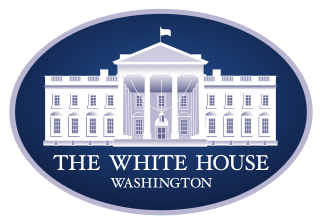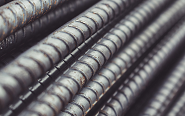Trade Cases

Business as Usual has been Blown Up for Traders
Written by John Packard
August 13, 2015
The flat rolled steel trading community has been hit and hit hard by the filing of antidumping trade suits on galvanized, Galvalume (zinc-aluminum) . As one trader put it to us earlier this week, “Business as usual has been blown up for the traders.”
A number of traders spoke to SMU about the scope of the filings, the sheer number of tons affected. Traders told SMU that there are not enough steel mills left in the world that could fill the void left if all of the mills are impacted.
This is not to say that there aren’t foreign steel mills willing to take a bite out of the U.S. flat rolled steel pie. SMU understands that Vietnam has been very active in the cold rolled and coated steel markets.
![]() We learned that Vietnamese cold rolled material was being sold this week at less than $500 per ton delivered into a USA port. Our current domestic average price FOB mill is $580 per ton.
We learned that Vietnamese cold rolled material was being sold this week at less than $500 per ton delivered into a USA port. Our current domestic average price FOB mill is $580 per ton.
One of the West Coast traders told us that there is going to be an issue with galvanized products should all of the countries affected by the filing remain (China, Korea, India, Taiwan & Italy). Their opinion was the Vietnamese mills could handle approximately 50 percent of the shortfall but they do not know where the balance will come from.
We were told that the U.S. West Coast market, “…is an offshore market.”
“There is going to be a shortage of galvanized on the West Coast,” said one trader.
When asked about selling prices dropping from foreign steel sources the trader explained to us that commodity prices, currency values against the U.S. dollar and over capacity have led to price drops on the world market. The cost to produce steel have dropped in China and elsewhere and just because steel prices are being offered at lower prices here in the domestic market does not mean the steel is being “dumped” here.
“This doesn’t do anybody any good,” the West Coast trader told us. There has been an exodus of U.S. manufacturing off the West Coast going offshore, Mexico or moving further to the Eastern USA. As prices escalate and sources of supply become questionable the answer for many manufacturing firms is to move their products overseas thus costing jobs here in the USA.
The traders were being careful in their conversations with SMU to point out that prices will rise here in the United States, going against the tide for the rest of the world. “We are going to find a new normal for where steel is going to trade in the United States. It is not going to be $600 hot rolled but probably more like the $460-$540 range.”
We received a note from a long time trader who told us, “We have read your report about the ‘ trifecta ‘ which is indeed a historic moment. I don’t believe that this has ever happened before. By basically taking out imports of three of the four main import product groups ( the fourth being slabs ) the domestic steel industry will force many buyers/users of steel who are far away from a domestic mill to pay substantial premiums for inland freight on top of what will most certainly be higher prices. Manufacturers of products made mostly from steel will find it even more difficult to compete.”
This trader went on to say, “The case includes countervailing duty filings against Brazil, one of the main exporters of slabs to the US. How can a steel mill be subsidized on their exports of HRC but not on the slabs? A little double standard maybe?”
We also probed whether or not there is a large collection of unsold galvanized and cold rolled steels sitting at the ports. We asked a number of traders from the east coast to the west and we heard that the inventories did not exist.
SMU is aware of one slug of unsold hot rolled but we are not aware of large positions having been taken on coated and cold rolled. We will continue to research this subject and would appreciate any feedback you might have: info@SteelMarketUpdate.com
A number of traders are worried that it is only a matter of time before what is perceived as a weak market suddenly turns with the domestic mill lead times moving out and prices moving up.
It is not “if” but rather “when” that is the question you should be considering.

John Packard
Read more from John PackardLatest in Trade Cases

Price: Reciprocal tariff changes and potential new tariffs for Brazil, Canada, others
Trade issues do not seem poised to leave the headlines anytime soon. And as recent developments show, the administration’s tariff policy remains ever-changing.

Bessent on Vietnam: 20% tariff stands, Section 232 protections apply
US Treasury Secretary Scott Bessent told reporters that tariffs for Vietnamese imports to the US are 20% and "specific industries" have trade protections under the Section 232 tariffs.

Steel groups welcome passage of budget bill
Steel trade groups praised the passage of the Big Beautiful Bill (BBB) in Congress on Thursday.

Canada moves to curb steel imports with TRQs
Canada has implemented tariff-rate quotas (TRQs) on steel imports to help stabilize its domestic market.

Commerce launches probe into unfairly traded rebar imports
Here are the details and a case timeline for the rebar trade case recently initiated by the Commerce Department.
